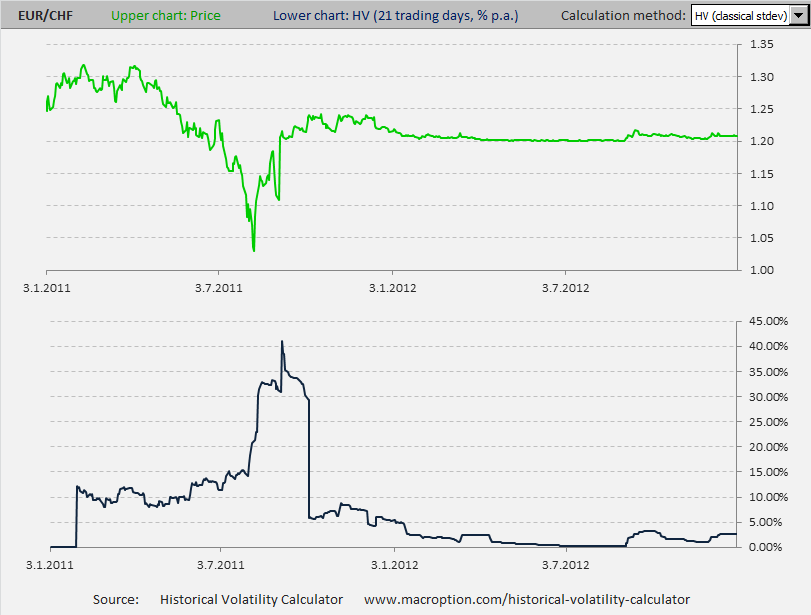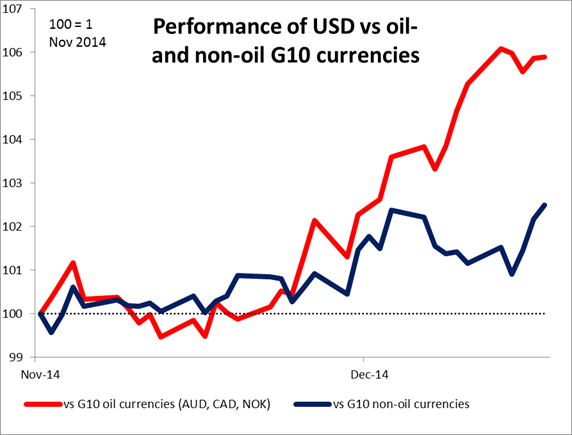How to Figure Out the Volatility of G10 Currencies
Post on: 16 Март, 2015 No Comment

Calculating currency volatility provides insight into price direction and future valuation.
Adam Gault/Digital Vision/Getty Images
More Articles
The G10 currencies are 10 of the worlds most heavily traded currencies. Volatility allows you to gauge the change in value of currencies in relation to one another, in turn allowing you to assess any type of risk or uncertainty associated with such change in value.
What Is Volatility?
Volatility represents a range of price movements for a particular security, essentially giving you a snapshot of its prices over a period of time. Volatility can help you assess risk when it comes to investing in different securities, although other factors should also be taken into consideration when designing an investment strategy. Unlike most financial assets and securities, currencies are valued relative to other currencies. For valuation purposes, financial analysts often compare price movements of one currency against a basket of currencies that are pooled together and weighted in the form of an index in order to observe their collective price movements.
What Are G10 Currencies?
G10 currencies are the worlds 10 most liquid currencies. Liquidity is a measure of trade activity and the degree to which the currency can be bought or sold in the open market without having a significant impact on exchange rates. The euro, U.S. dollar, British pound, Japanese yen, Australian dollar, New Zealand dollar, Canadian dollar, Swiss franc, Norwegian krone and Swedish krona are the G10 currencies.
Importance of Understanding Currency Volatility

Gathering Information
Decide on a currency to measure and its competing benchmark, often called the base currency. For example, if you were planning a trip to Europe, you would want to know the EUR/USD exchange rate — the price in U.S. dollars to purchase a single euro. To use a G10 basket of currencies, a good indicator would be the PowerShares DB G10 Currency Harvest Fund (DBV:US) — an exchange traded fund that reflects larger price movements of collective G10 currencies. You would then select a time frame for your calculation.
Calculation
Compare the exchange rate at two different points in time — covering the stipulated time frame. Take the change in the exchange rate over that period of time (whether it be positive or negative), divide it by the exchange rate of the beginning date, and multiply the figure by 100. 		 Percent of change = [(ending date exchange rate — beginning date exchange rate) / beginning date exchange rate] x 100














